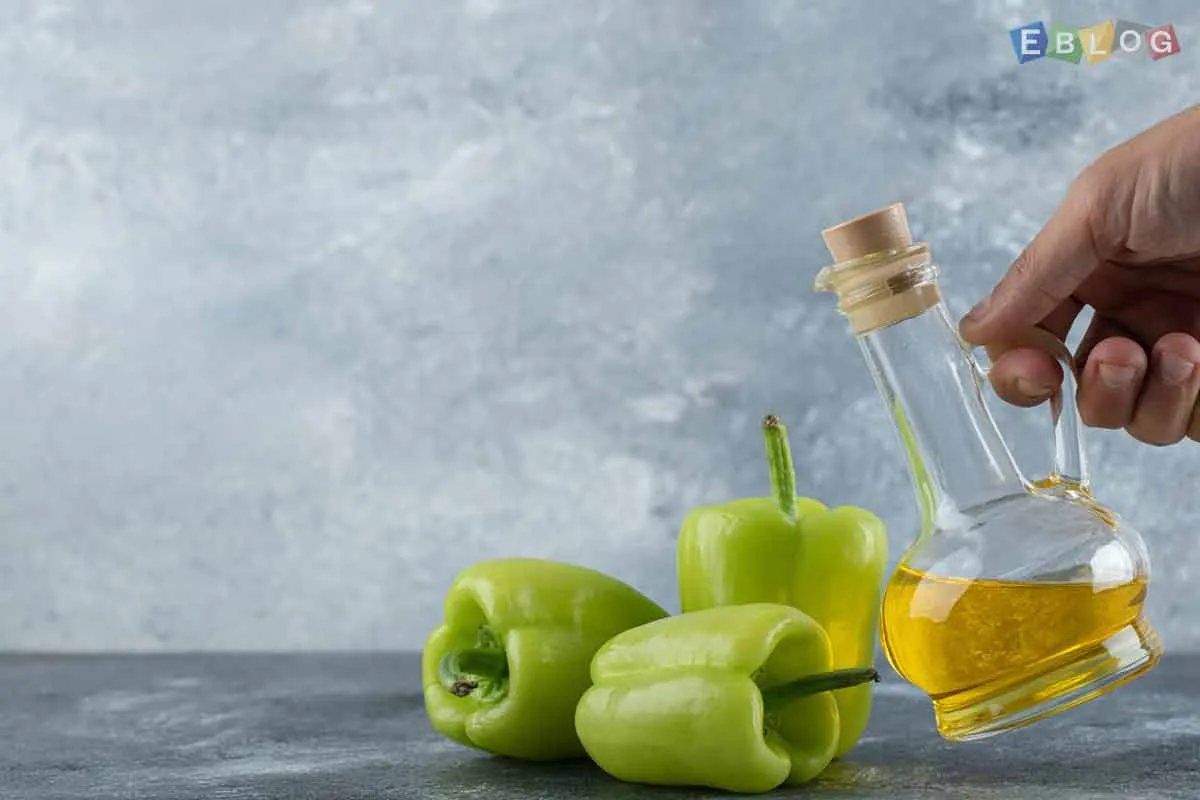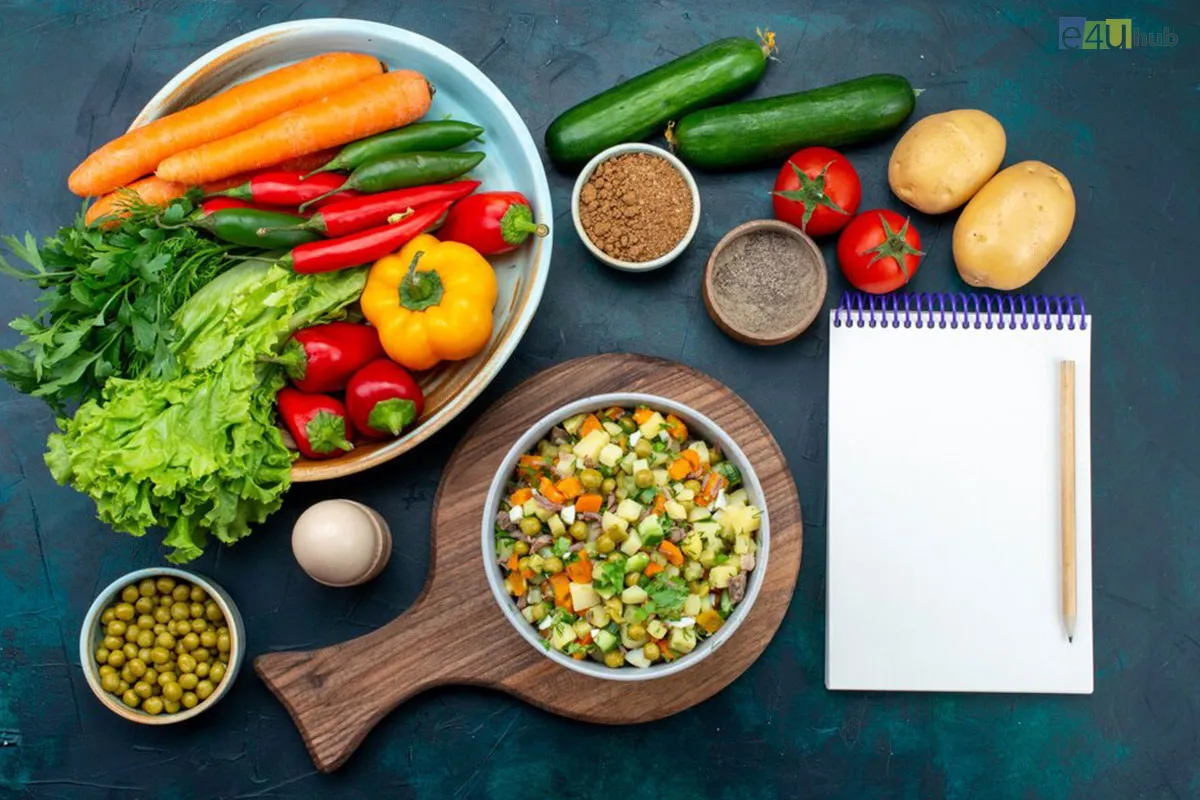
A Guide to Cooking Oils: When to Use What
- 31 Jul, 2025
- Food
- 386 Views
- 0 Comments
Walk down any grocery store aisle and you'll see an overwhelming variety of cooking oils — olive, canola, avocado, coconut, sesame, and more. Each oil has its flavor, smoke point, and best uses. But how do you know which one to grab when you're sautéing, baking, frying, or drizzling?
Here’s a practical guide to help you choose the right oil for every type of cooking.
1. Understanding Smoke Points
The smoke point is the temperature at which an oil starts to burn and break down, producing smoke and potentially harmful compounds. Using the right oil for the right temperature helps preserve both flavor and nutrition.
2. Oils for Dressings & Finishing Touches
These oils are rich in flavor but not suited for high-heat cooking. Use them to add depth to cold dishes or just before serving:
a. Extra Virgin Olive Oil: A staple for Mediterranean dishes; perfect on salads, bread, or grilled veggies.
b. Toasted Sesame Oil: Adds nutty, earthy flavor to Asian-inspired recipes and noodles.
c. Walnut, Flaxseed, or Pumpkin Seed Oil: Great in salad dressings or drizzled over finished dishes. Must be stored in the fridge.
3. Oils for Sautéing & Roasting
For moderate heat (300–400°F), choose oils that balance flavor and stability:
a. Canola Oil: Neutral taste and affordable; great all-purpose oil.
b. Grapeseed Oil: Light, clean flavor ideal for sautéing or roasting veggies.
c. Refined Olive Oil: Milder in taste and has a higher smoke point than extra virgin.
4. Oils for Frying & High-Heat Cooking
Need an oil that can handle the heat? Go for:
a. Avocado Oil: Highest smoke point among cooking oils; perfect for grilling and searing.
b. Peanut Oil: Commonly used in deep-frying for its subtle flavor and heat stability.
c. Refined Sunflower or Safflower Oil: Neutral taste and high smoke points.
5. Oils for Baking
a. Vegetable or Canola Oil: Great in cakes, muffins, and brownies for moisture without altering flavor.
b. Coconut Oil: Adds richness and a light coconut taste; solid at room temp, so melt before mixing.
6. Health Considerations
While taste and cooking method are important, don’t ignore health factors:
a. Olive Oil: Rich in monounsaturated fats and antioxidants.
b. Avocado Oil: Heart-healthy with vitamin E.
c. Coconut Oil: Contains saturated fats — use in moderation.
d. Seed Oils (like grapeseed, sunflower): Often refined; some are high in omega-6 fatty acids, which should be balanced with omega-3s in your diet.
7. Final Tips
a. Store oils properly: Keep in a cool, dark place. Some (like flaxseed oil) need refrigeration.
b. Watch expiration dates: Oils can go rancid over time.
c. Use sparingly: Even healthy oils are calorie-dense — a little goes a long way.
8. Conclusion
No single oil fits every purpose — and that’s a good thing! Think of your kitchen like a toolbox: olive oil for flavor, avocado oil for heat, and sesame oil for finishing flair. By understanding your options, you’ll cook smarter, eat better, and enjoy more delicious results.















Leave a Reply